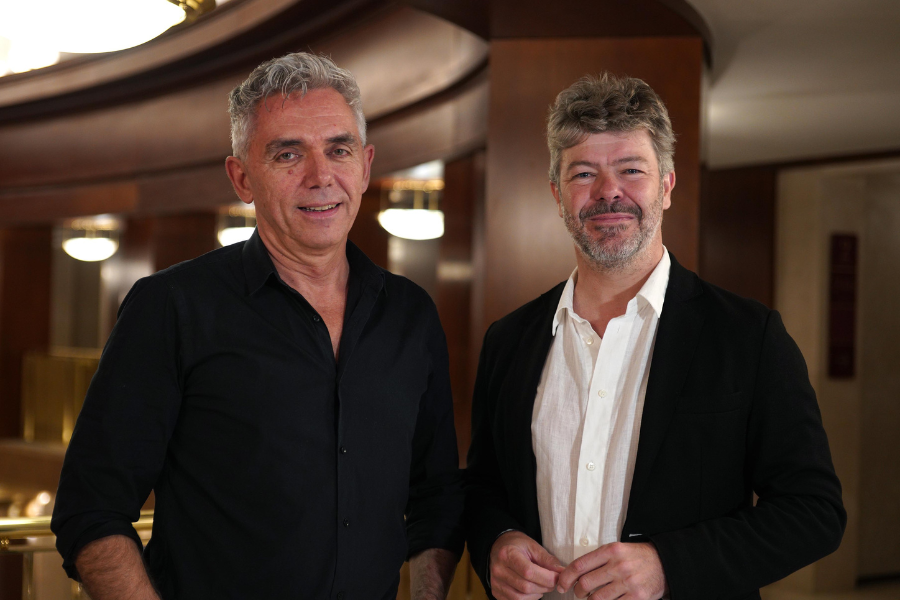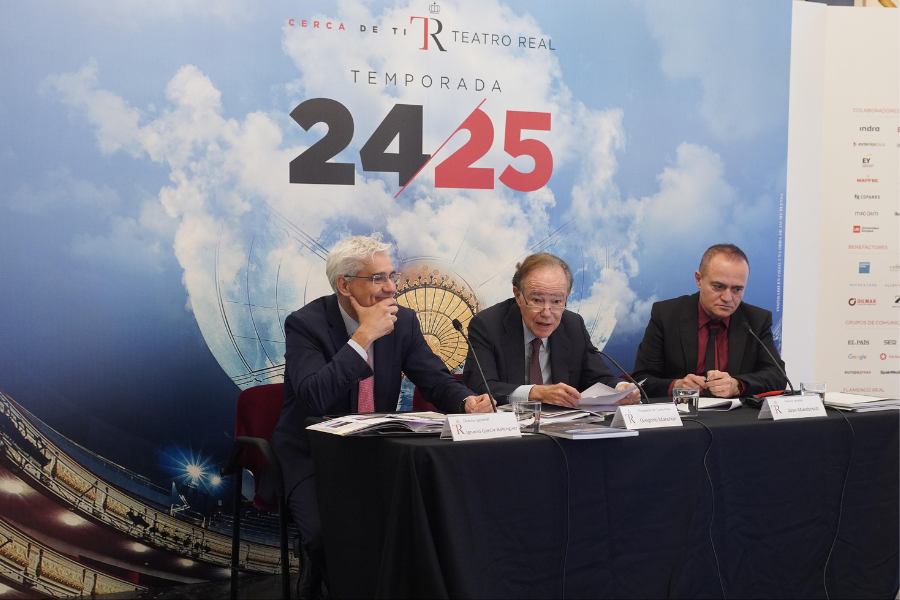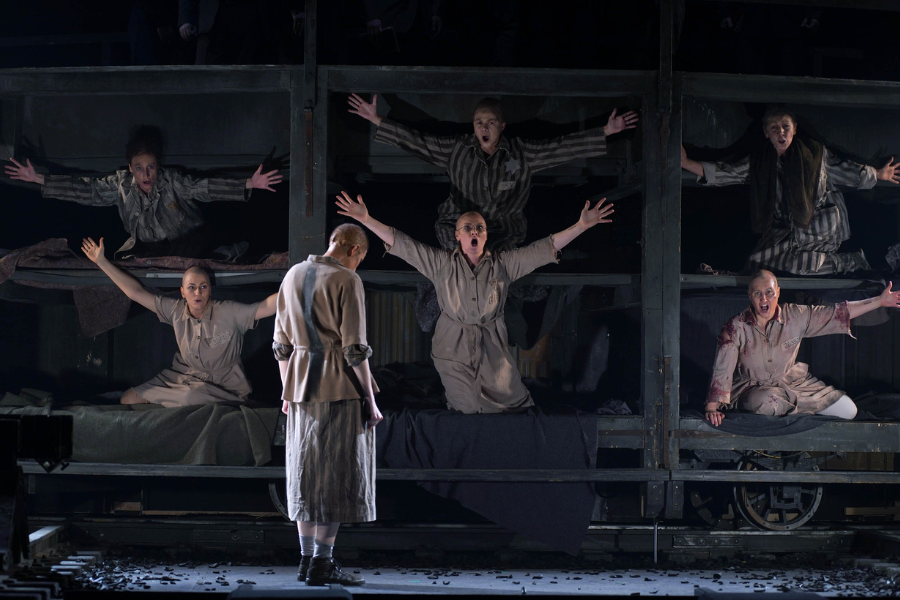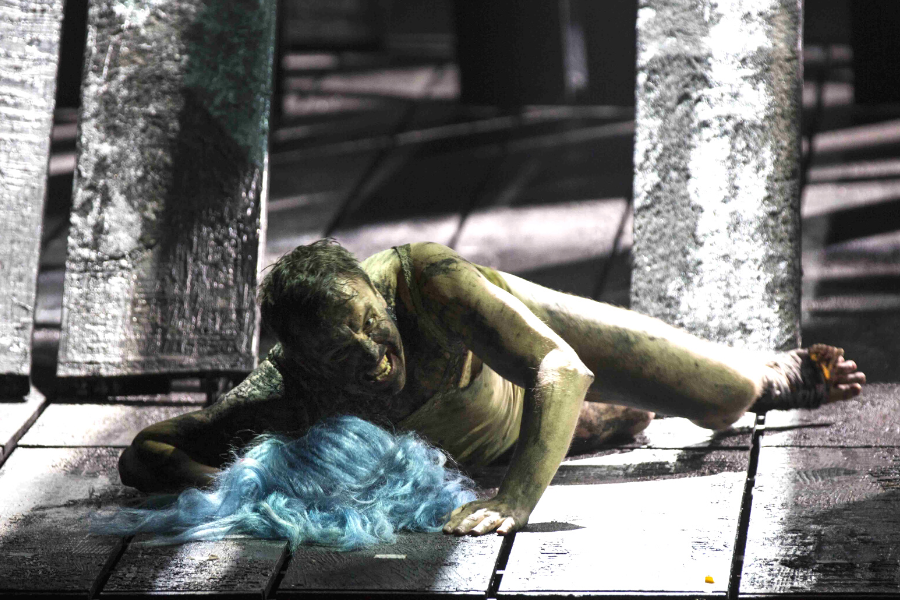With Die Walküre, Teatro Real continues the presentation of Der Ring des Nibelungen by Richard Wagner
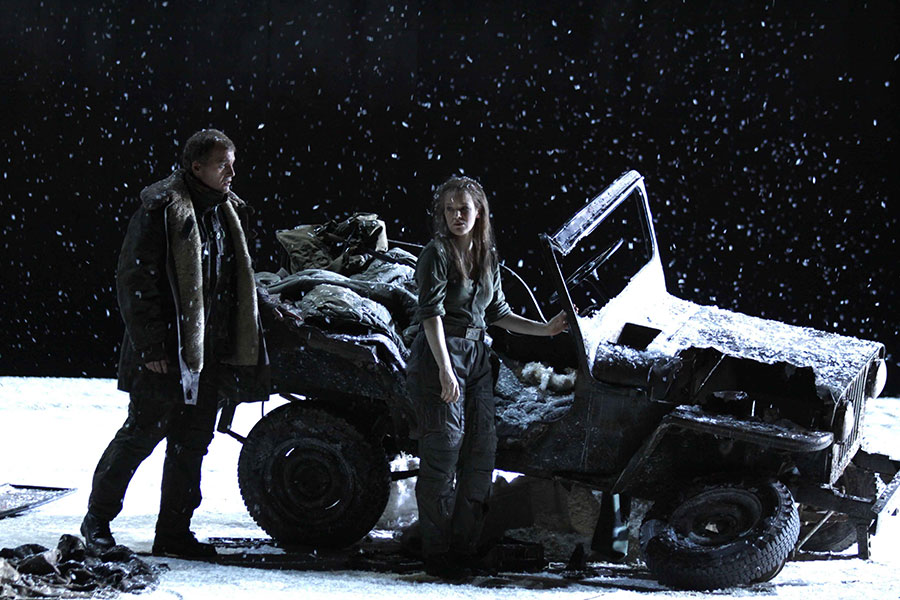
9 functions of will be offered Die Walküre, between February 12 and 28, with the production of the Wagnerian tetralogy conceived by Robert Carsen and Patrick Kinmonth, from the Cologne Opera. The guest musical director of the Teatro Real, Pablo Heras-Casado, will be in charge of two casts and the Royal Orchestra of the Teatro Real, with 108 musicians in the music stands.
Between February 12 and 28 Teatro Real will offer 9 functions of Die Walküre, by Richard Wagner, second of the four operas that make up the cycle Der Ring des Nibelungen, which is being presented in four successive seasons, with musical direction by Pablo Heras-Casado and stage direction by Robert Carsen.
Structured like the ancient Greek dramas, the monumental Wagnerian tetralogy begins with the opera Das Rheingold, an explanatory prologue of the saga, presented last season. It is now followed by Die Walküre, which chronicles the genesis of the hero Siegfried, the fruit of incestuous love between the twins Siegmund and Sieglinde extra extramarital sons of Wotan, conceived in one of his many love affairs with mortals, disguised as Wälse─, of whom the god he hopes to receive help in the future for the conquest of supreme power, materialized in the possession of Der Ring des Nibelungen.
The incestuous relationship of the two brothers, the result of the adultery of the twin Sieglinde, is cursed and persecuted by the wrathful woman of Wotan, Fricka, and protected by Die Walküre Brunhilde, favorite daughter of God, who throughout the opera discovers the love, compassion and vulnerability of mortals and experiences an inner transformation that will determine the future of the entire epic.
In his conception of Der Ring des Nibelungen, the Canadian director Robert Carsen, together with the set designer and figurine artist Patrick Kinmonth and the illuminator Manfred Voss, move the Wagnerian mythological universe to a metaphorical world, but closer to our reality, in which Power struggles, passions and relationships between characters are more easily recognizable by the current viewer.
Tangentially following the philosophical pessimism of Arthur Schopenhauer and in the wake of the playwright and critic Bernard Shaw, who saw in Wagnerian tetralogy an allegory of stratified society in classes, Carsen makes clear in his staging the destructive power of fierce capitalism, when unbridled ambition of power and wealth inevitably leads to the destruction of humanity, interpersonal relationships and family ties.

La valquiria © Klaus Lefebvre
If in Das Rheingold the spectator was confronted with a shattered planet, in which the gods (rich and powerful), the giants (insumid proletarians) and the nibelungs (a kind of social scum), fought for possession of the ring ( money and power); In Die Walküre, the context is already of anwar explicit. The gods, isolated in a luxurious bunker (the Valhalla) – with their struggles, pacts, machinations, betrayals and marital conflicts – move the threads of the universe with arrogance and arrogance, until the irruption of true and passionate love, with Brunhilde’s hesitation and his insummission to the opinions of the all-powerful Wotan …
The snow, with all its metaphorical and plastic power, links Die Walküre with the preceding opera, and emphasizes its most intimate paintings, with an icy cape, that the fire of love, which currency at the end of this first day of the saga, will melt …
Two Wagnerian deals will give life to the score, under the direction of Pablo Heras-Casado, headed by Stuart Skelton and Christopher Ventris(Siegmund); René Pape and Ain Anger (Hunding); Tomasz Konieczny and James Rutherford (Wotan); Adrianne Pieczonka and Elisabet Strid (Sieglinde); Ricarda Merbeth and Ingela Brimberg (Brünnhilde), seconded by Daniela Sindram (Fricka) and the eight Valkyries.
The great Wagnerian saga will continue in the next two seasons, with Siegfried and The Twilight of the Gods, in which we will follow in the footsteps of the tetralogy hero, from his glorification to the final cataclysm, within the framework of the same production created by Carsen and Kinmonth, with his implacable and disturbing vision of the real world, but with a glimmer of hope, because “only the awareness of the problems of humanity and of ourselves, allows its solution.”
The functions of Die Walküre They are sponsored by the BBVA Foundation as part of their Music program, which is conceived as a complete tour of the different ways in which society can benefit and enjoy this artistic manifestation.

La valquiria © Klaus Lefebvre
PARALLEL ACTIVITIES
As a parallel activity to Die Walküre ,be screened in the main hall of Teatro Real the two films by Fritz Lang (1890-1976) that make up The Nibelungs: The Death of Siegfried (March 21 at 8:00 p.m.) and. Revenge will from Krimilda (March 28 at 8:00 p.m.). The films, with script Thea von Harbou (1888-1954), the director’s wife, are inspired by the medieval epic poem The Song of Songs, one of primary sources Richard Wagner’s in his Tetralogy.
To accompany the films, the Royal Orchestra of Teatro Real, under the direction of Nacho de Paz, will interpret the original scores that the composer Gottfried Huppertz (1887-1937) – collaborator of Fritz Lang in several projects─ created to accompany both films. The same team –Lang, Harbou and Huppertz- would leave their mark on the history of cinema with Metropolis, the pioneering science fiction expressionist film.
Although the music of Huppertz accompanies a silent film, the score moves away from the sound description of the action and assumes one more layer of the film subtext, articulating scenes, commenting on actions and emphasizing the epic content of the plot.




